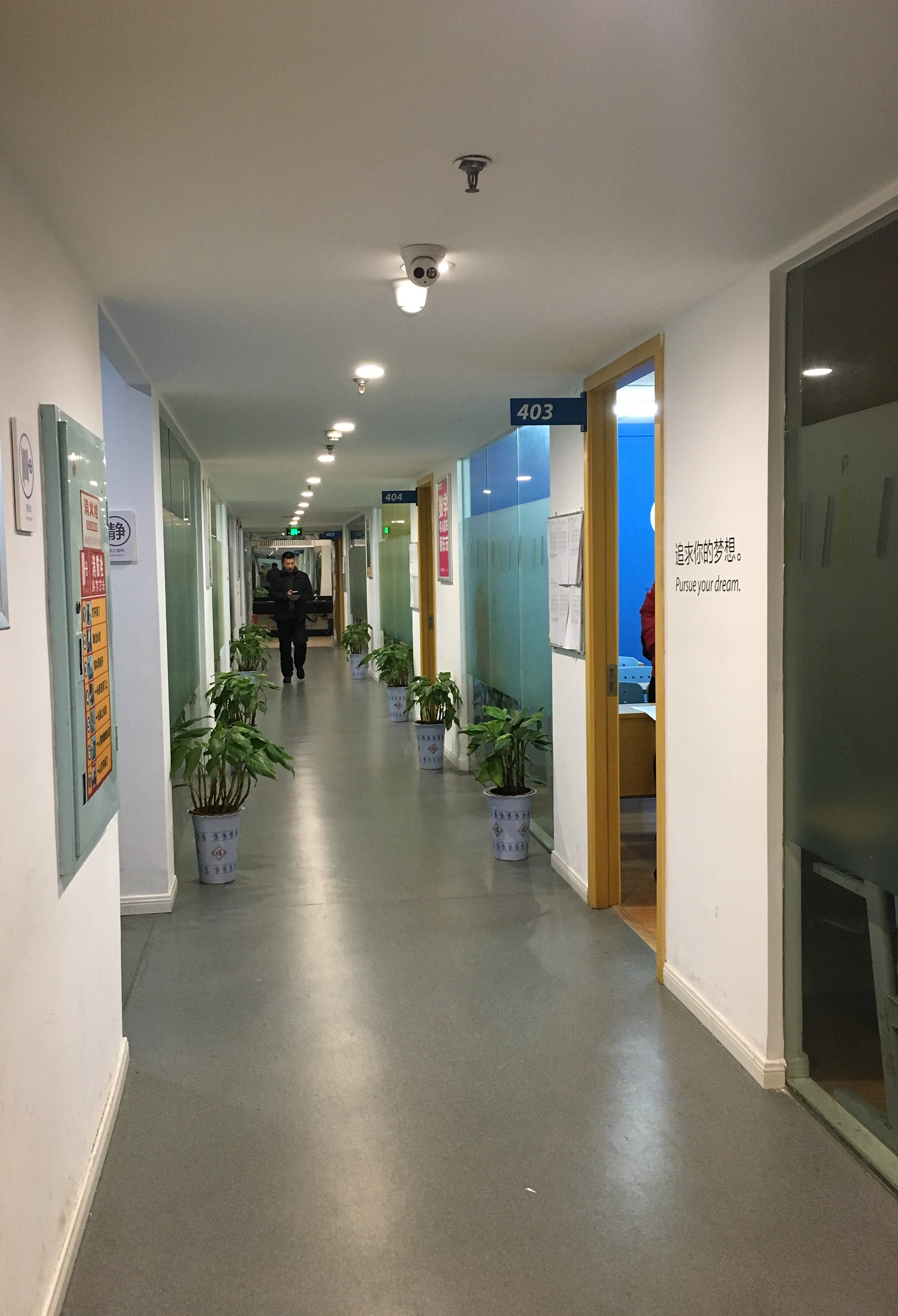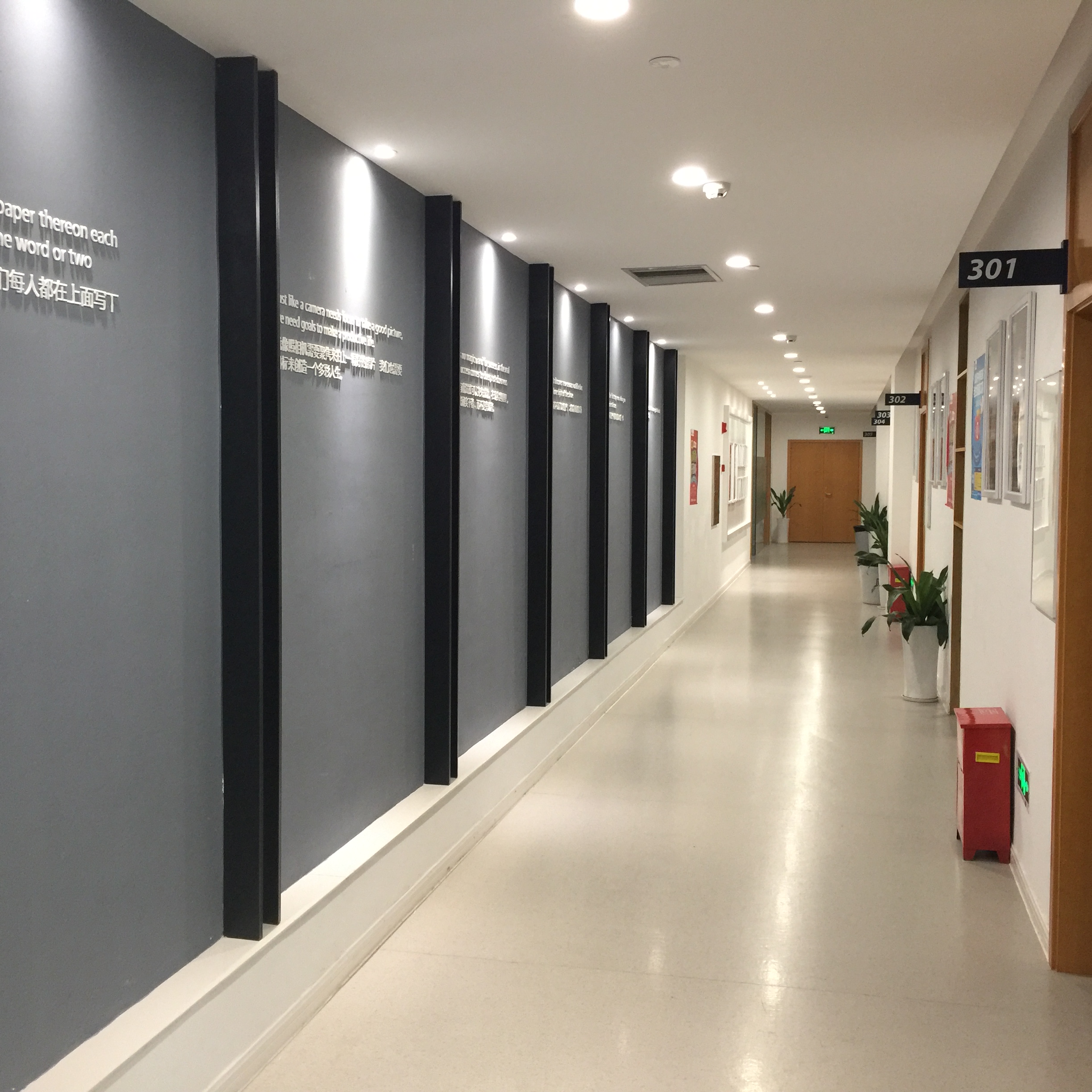Section C
Directions: In this section, you will hear three passages. At the end of
each passage, you will hear three or four questions. Both the passage and the
questions will be spoken only once. After you hear a question, you must choose
the best answer from the four choices marked A), B), C) and D). Then mark the
corresponding letter on Answer Sheet 1 with a single line through the
centre.
Questions 16 to 18 are based on the passage you have just heard.
PASSAGE 1
Pigs are not native to North America. They were first introduced to
California by Spanish and Russian explorers and settlers many centuries ago. In
the early times, pigs were allowed to wander freely and search of food. This
practice also allowed many pigs to escape from farms and live in the wild, which
became a problem.
In fact, as one of the most damaging invasive species on the continent,
wild pigs caused millions of dollars in crop damage yearly. They also harbored
dozens of diseases that threaten both humans and farm animals. Forest patches
with wild pigs have been found to have considerably reduced plant and animal
diversity.
In addition to either eating other animals or their food supply, wild pigs
damaged native habitats by reaching up crosses and rubbing on trees. Their
activities may also create opportunities for invasive plants to colonize these
areas. Wild pigs will eat almost anything containing calories. Mice, deer,
birds, snakes and frogs are among their victims.
They can also harm other wild species through indirect competition rather
than eating them or shrinking their food supply. On one particular United States
island, wild pigs themselves became an attractive food source for a species of
mainland eagle. Eagles began breeding on the island and also feeding on a
species of native fox. The foxes were almost wiped out completely.
Q16. What do we learn about early pigs in North America?
16. A) Many escaped from farms and became wild.
Q17. Why are wild pigs a threat to humans?
17. D) They carry a great many diseases.
Q18. What does the passage say about the native foxes on a U.S. island?
18. C) They fell victim to eagles.
Questions 19 to 21 are based on the passage you have just heard.
PASSAGE 2
A pair of entrepreneurs are planning to build and launch a spacecraft that
would carry and roast coffee beans in outer space. The craft will use the heat
of re-entry to roast coffee beans, as they float inside it in a pressurized
tank. The effect would be to roast the beans all over and produce perfect
coffee. The businessmen say that on earth, beans can easily break apart and get
burned in the roaster. But if gravity is removed, the beans float around and in
a heated oven, receiving 360 degrees of evenly distributed heat and roasting to
near perfection. The spacecraft will reach a height of around 200 kilometers.
The beans would then be roasted and the heat generated by the crafts 20 minute
re-entry into earth's atmosphere. Temperatures and the pressurized tank will be
kept to around 200 degrees Celsius. Once back on earth, the planet’s first space
roasted beans would be used to make coffee that would be sold for the first time
in Dubai. This is where the pair’s company is based. It is not clear how much
they would charge for a cup. Surprisingly, the Space Roaster concept-should it
go ahead-will not be the first attempt to take coffee into space. In 2015, two
Italian companies collaborated on the construction of a similar type of
spacecraft, which was the first coffee machine designed for use in space.
Q19. What are a pair of entrepreneurs planning to do?
19. B) Roast coffee beans in outer space.
Q20. What does the passage say about coffee beans roasted on earth?
20. A) They can easily get burned.
Q21. What did the two Italian companies do in 2015?
21. C) They collaborated on building the first space coffee machine.
Questions 22 to 25 are based on the passage you have just heard.
PASSAGE 3
In cold and snowy Alaska, there’s a village called Takotna. It has a
population of mere 49 adults. Each March, this tiny village swells up in numbers
because it is located in the middle of a race that takes place every year. It is
a seven-day race called “The Iditarod Trail”. And participants stop at Takotna
for the obligatory 24 hour rest.
Lucky for them, Takotna is famous for its delicious fruit pies. Weeks
before the competitors arrive, the residents of Takotna start preparing what is
without question their biggest event of the year. The whole village chips in to
help, including the kids, who end up developing their baking skills at an early
age. Exhausted and hungry racers are greeted with delightful pies of all kinds,
such as apple, orange, lemon, or banana.
They consume the pies and a stomach warming race fuel. The toughness of the
race allows for racers to eat pretty much whatever they want. The more calories,
the better. Takotna has gained a reputation for its dessert-based hospitality
since the 1970s. It started with one person, Jane Newton. Jane moved from
Iditarod with her husband in 1972 and opened a restaurant. A rich and filling
fruit pies quickly got the races attention, and the village gained some fame as
a result. Proud residents then started to refer to Jane as queen of Takotna.
Q22. Why do a lot of people come to the village of Takotna every March?
22. B) A race passes through it annually.
Q23. What is the village of Takotna famous for?
23. C) Its tasty fruit pies.
Q24. Who comes to help with the event of the year?
24. B) The entire village.
Q25. What does the passage say about Jane Newton?
25. D) She helped the village to become famous.





















 京公网安备11010802021790号
京公网安备11010802021790号









 学习资料
学习资料
